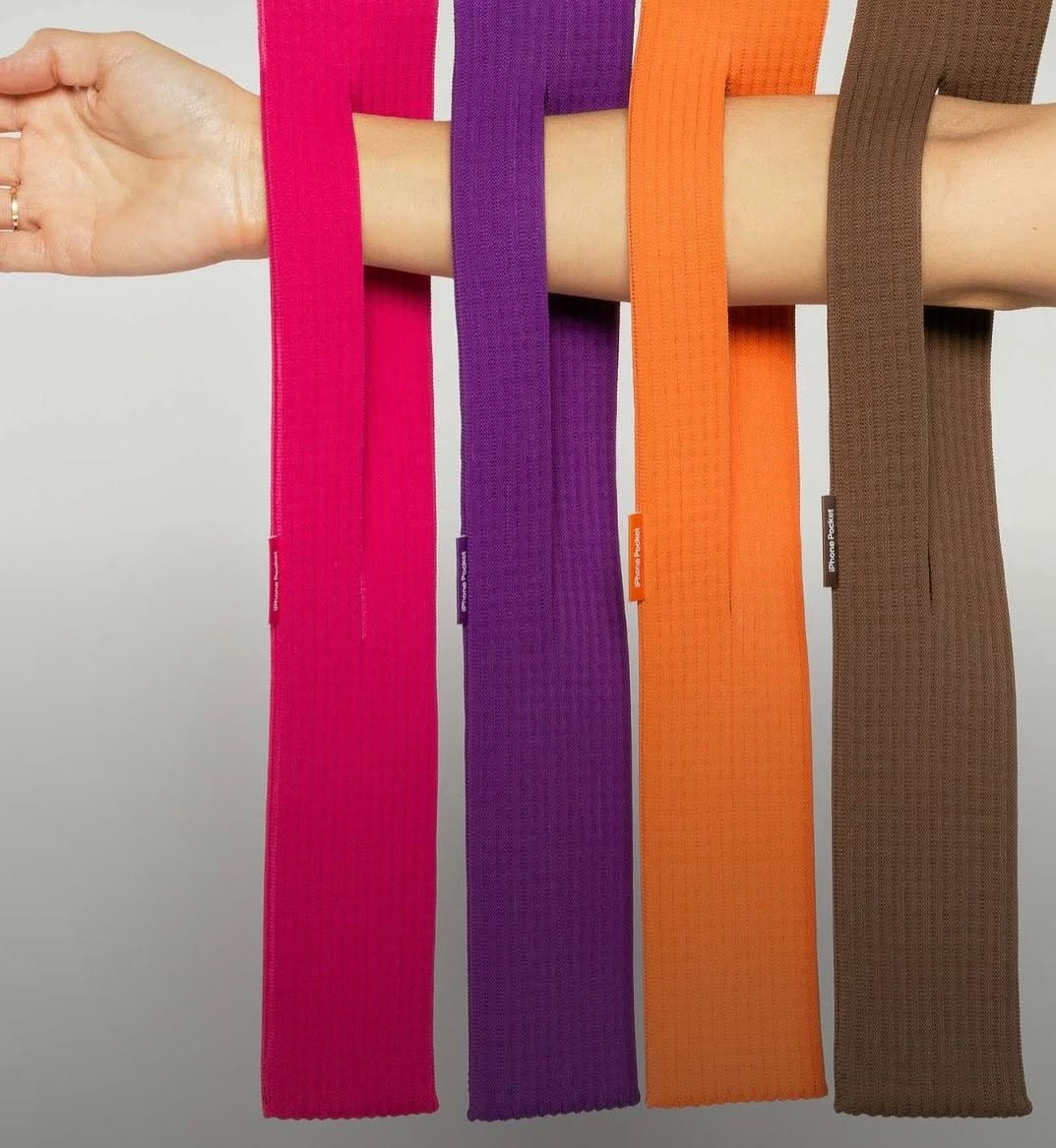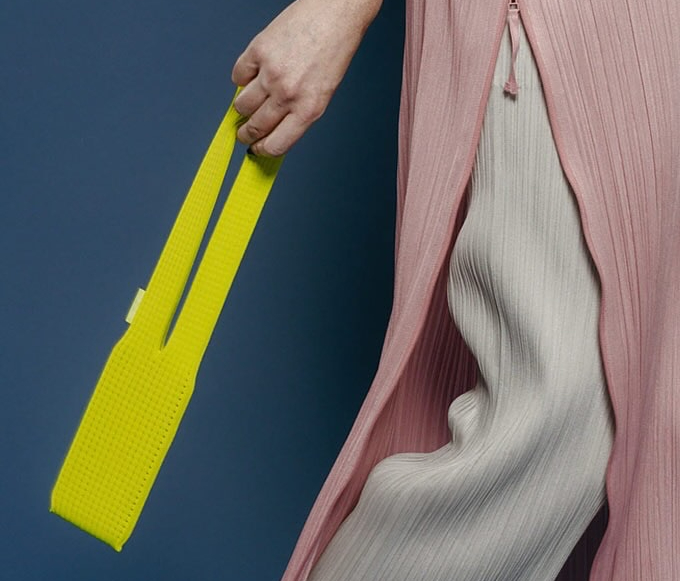When Tech Becomes Fashion: What Apple’s New Launch Really Signals About the Future of Premium Value
There comes a point in every industry where the product stops being the centre of gravity. Smartphones hit that point years ago. Cameras became indistinguishable, processors too fast for the average person to appreciate, and designs so refined that the upgrades felt incremental rather than transformational.
Apple understands this better than anyone. And their latest launch makes one thing clearer than ever: the iPhone is no longer simply a piece of consumer technology. It has become a fashion object, a status marker, a lifestyle anchor. Apple is no longer asking consumers to buy a phone it’s inviting them to buy into a personal identity.
This isn’t a story about features. It’s a story about value, and how Apple intends to keep stretching that value long after the hardware plateau.
The Evolution of Premium: From Technological Superiority to Cultural Currency
For decades, Apple’s premium status was secured by visible innovation. You could hold the new product in your hand and feel the difference. But the smartphone market has matured, and meaningful hardware leaps arrive less dramatically.
What hasn’t diminished is the cultural influence Apple carries.
Cultural value, unlike hardware advantage, doesn’t depreciate with every competing launch.
By placing design, aesthetics and lifestyle expression at the centre of its new products, Apple is redefining what premium means in consumer tech. This is a shift long perfected in fashion and luxury goods: when utility stabilises, desirability must rise.
It is effectively Apple applying the business logic of a luxury house, comparable to Hermès or LVMH—where craftsmanship and narrative justify the price far more than the material components.

Apple iPhone Pocket
Why Apple Is Positioning Its Devices as Lifestyle Objects
A phone is replaced every year or two, but a lifestyle is re-affirmed every single day. Apple is tapping into that psychological truth.
The strategic reasoning behind this shift is straightforward:
Competitive maturity.
Tech specs no longer differentiate as they once did. Emotional value does.
High-margin opportunities.
Lifestyle-driven products—from accessories to wearables—deliver stronger margins because they rely on design and brand story rather than expensive components.
Emotional lock-in.
Consumers stay loyal to brands that align with their identity. This is more powerful than hardware loyalty.
Apple hasn’t abandoned technology. It’s simply widening the lens through which consumers perceive it. The company is crafting a lifestyle ecosystem where the device is just one piece of a broader self-expressive experience.
The Business Case for Wearable Identity
The most interesting part of Apple’s strategy is not the product itself, but what the product represents: the commercial power of identity.
When a device becomes part of how a person expresses themselves, the traditional rules of consumer behaviour shift. Comparison shopping becomes less about megapixels and more about self-perception. The product becomes a symbol—visible, intentional, and emotionally charged.
This transition gives Apple something incredibly rare in a mature market: pricing power. While other smartphone brands compete on performance, Apple competes on meaning.
This signals the beginning of a new era in premium tech—one where the real competition happens in the mind, not the spec sheet.

@posh_magazine_
What CEOs and Brand Leaders Can Learn from Apple
Apple’s move into lifestyle-first value creation carries several lessons for executives across industries:
Meaning scales better than hardware.
When a consumer feels connected to a brand, price becomes secondary. Emotional differentiation is far more defensible than functional differentiation.
Build ecosystems around a central product.
Apple’s genius isn’t the iPhone—it’s the world Apple has built around it. Companies in automotive, apparel, hospitality and fitness can take cues from this.
Invest early in brand heritage.
Heritage compounds. Apple can make bold design shifts because it spent decades earning design credibility. Brands should build their identity long before they need to rely on it.
This is Apple operating at the highest level of brand strategy: future-proofing itself not through technical leaps, but through narrative control.
The Future of Premium Tech: Emotional Value Over Technical Value
If there’s one lesson from Apple’s latest launch, it’s this: the next decade of consumer technology will not be defined by hardware superiority. It will be defined by emotional superiority.
Consumers want products that say something about them. Tech brands that understand this will stay premium. Those that don’t will slide into price wars and commodity status.
Apple’s launch marks the direction the entire sector is heading—and it serves as an early warning for brands still relying on hardware as their main differentiator.
The future belongs to the companies that design identity, not just devices.
Frequently Asked Questions About Apple’s Lifestyle Strategy
Why is Apple emphasising lifestyle over hardware improvements?
Hardware innovation has reached a point where improvements are less visible to the average user. By shifting toward lifestyle-driven value, Apple strengthens its brand, differentiates itself and maintains higher margins.
Is this shift a risk for Apple?
Any brand pivot carries risk, but Apple’s design heritage and cultural influence give it an unusual level of credibility. The move aligns with long-term trends in consumer behaviour, making it strategically sound.
How does a lifestyle focus affect Apple’s pricing power?
Lifestyle value makes pricing more resilient because consumers buy emotional connection, not just performance. This helps Apple maintain premium positioning even in a saturated market.














